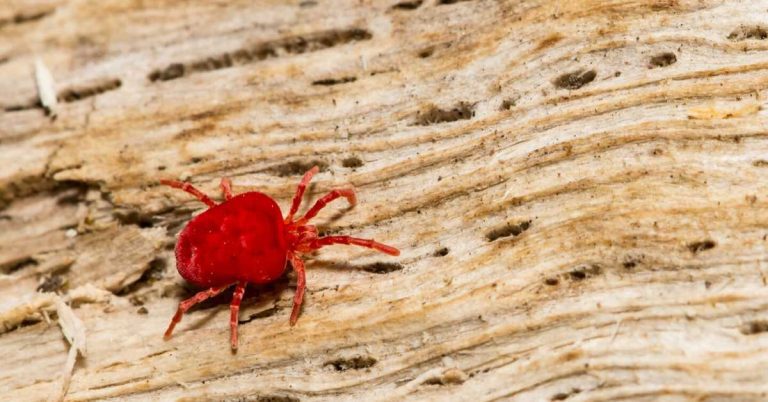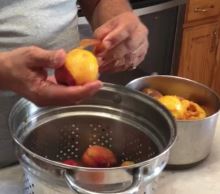Wildflower Planting Coast-to-Coast
Gene Jr. lives in the Pacific Northwest, near Seattle, WA. Fly diagonally across the USA to where Dave lives in Northwest Georgia. Yet, thousands of miles apart, Nature’s Guys were planting wildflowers on the same day! I called Gene to get some more information. Here’s a summary of our wildflower discussion:
Dave: What type of wildflowers did you plant?
Gene: Salal berries. They’re native to Pacific Northwest, they grow on exposed edges, and they help keep erosion down. Deer don’t bother them so they provide good erosion control. In my garden, I’m building a fence to keep deer out of, but on outside, I’m planting salal berries on the outside. I’m trying to make most of my landscape edible. (You can read more about Salal Berries here: https://thenorthwestforager.com/2015/06/29/salal-berry/)
Native American’s would make 10 pound cakes of these berries, dry it for winter food. It’s high in vitamin C, very similar to blueberries. I’m trying to get wild berries because the ones from the nurseries are lacking in nutrients, because they don’t have all the symbiotic relationships, such as with myselium from mushrooms, so blueberries from a farmer’s field don’t have the minerals and micro-nutrients that natural berries do.
I’m also putting in grapes, marionberries, blueberries, thornless blackberries.
Where did you get the salal berry seeds?
Actually, I got plants. I did a service project at Church. The property needed to have brush cleared, and as I was cleaning out the salal berries, instead of weed wacking them, I just pulled them up by roots. In 1/2 hour I got 100 plants. It’s important to note that I didn’t have time to dig out the whole root ball, because we were clearing land. I pulled them out, so I just got bare root plants.
How did you prep the ground for these salal berries?
When you’re transplanting any plant, but especially wildflowers and wild plants, and ESPECIALLY when you have bareroot plants (like these are), it’s important to get them into the ground, and protected and watered, as soon as possible. I brought them home, dug a trench, and just put them in the trench. They’re just “heeled in” right now in the trench. I’ll spread them around later on. The trench is a 30 foot row with over 100 plants.
What are you hoping to do with them (attract birds, bees, etc?)
I’m going to harvest them and eat them! They look a lot like blueberries, obviously aren’t quite as juicy, but as I said before they have a lot of natural nutrients because they’re wild.
What do you think the biggest barrier will be (to keeping them alive)?
Keeping them watered until they are established, when they can survive when the dry season comes (yes, we do have dry seasons in the PNW). They are native plants, so once they get through the transplanting shock of being pulled by the roots out without a root ball, they’ll be okay. The important thing is to keep plants moist. I was fortunate: The day after I dug them up (transplanting day), it was 50 degrees and rainy!
Anything else about planting wildflowers or things in your garden?
This is a good lesson about being aware, paying attention, and listening to feelings. I’d heard about these berries before. I’d seen them before. So when I was asked to serve on the Church property, and I saw those plants that we were just going to pull up and throw away, I dug back into my memory and thought: “Hey! I can use those to hold down erosion AND to eat.” I got them for free (well, in exchange for my service, which I would have done anyway).
It was a win/win for me.
Some may think it’s foolish to ask: “Can I have those plants?” The first rule of negotiation I learned in business school is: “You don’t know unless you ask.” So I asked, and I got some!
[Dave’s Note: I followed his advice and asked him to bring some roots the next time he comes to visit. First, I have to check to see if it’s okay to plant them here. I don’t want to plant a non-native species that will take over!]

